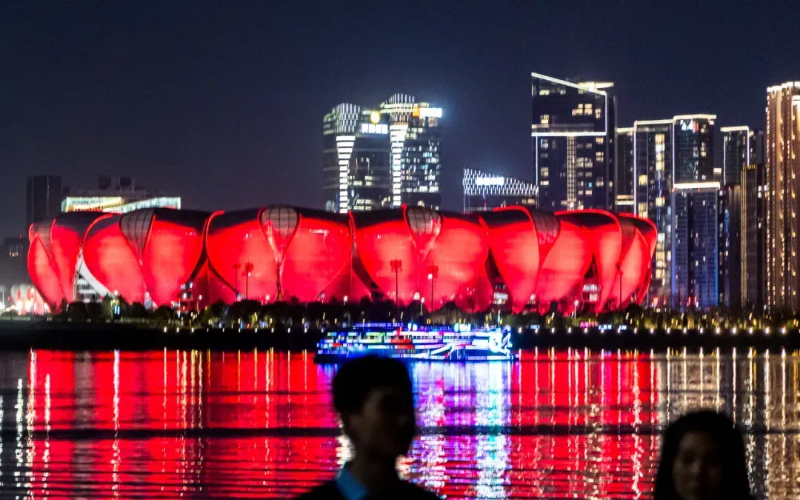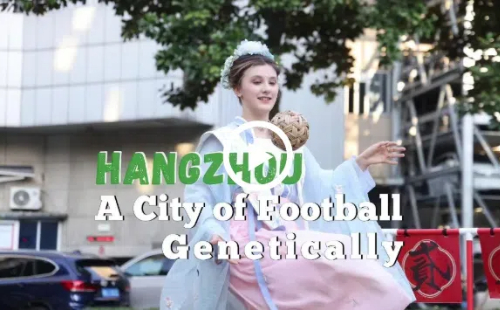Instrumental Music
Zhejiang Folk Instrumental Music in Ancient Times
Zhejiang folk instrumental music can date back to the Eastern Zhou Dynasty (770-256BC) when Huiji (the present Shaoxing) was the capital of Yue State. Judging from the unearthed cultural relics including the Yong Bell, bronze cymbal, bronze Zheng (bell-shaped gong used in march), music and culture of the Central Plain had begun to spread in Zhejiang since then.
During the Qin and Han dynasties, the Central Plain was the political, economic and cultural hub of China. But in the last years of the Western Jin Dynasty (AD265-316), a great many northern people moved southward. They not only opened a new era for Zhejiang’s economic development, but also boost the instrumental music development in the area which is evidenced by a large amount of celadon burial furnishings of the Jin Dynasty unearthed in the cities of Shaoxing, Yuhang, Wuyi in Zhejiang in the recent years.
In the Eastern Jin Dynasty (AD317-420), the celebrated calligrapher Wang Xizhi wrote Preface to the Poems Composed at the Orchid Pavilion (Langtingji Xu) in Shanyin (the present Shaoxing). It could be inferred from it that instrumental music had already been flourishing among Zhejiang folks by then. According to Deqing County Annals written during Emperor Kangxi's Reign, workshops to foster music talents emerged in the south of the county.
In the Sui Dynasty (AD581-618), the Grand Canal was opened for transportation, which contributed to more frequent economic and cultural communications between the north and the south. Hangzhou, as the terminal of the Grand Canal, had become the renowned city in the southeast China. Songs with musical accompaniment was quite common at the time.
Ci (a poetry form), which shaped in the Tang Dynasty (AD618-907) and prevailed in the Song Dynasty (986-1279), used to be called Qu Zi Ci (tuned Ci) or Za Qu. This type of folk songs was a great appeal to the scholars of the time. They would be invited to compose a poem to a ready tune or even write new songs, thus providing rich singing materials for the city and the palace. The popularity of singing also pushed the growth of instrumental music. During the Song Dynasty, many celebrated Ci writers and musical talents resided and worked in Zhejiang and left behind tons of lyrics and music.
Lin'an (today’s Hangzhou), the capital of the Southern Song Dynasty, witnessed a further economic and cultural development. In order to satisfy people's increasing needs of culture life, various entertainment venues including 23 Wa She and 13 Gou Lan were established in Hangzhou for folk artists to perform in. The programs included singing-and-dancing, singing-and-talking, local operas, acrobatics and martial arts. The instruments could either be played for accompaniment or solo.





 play
play